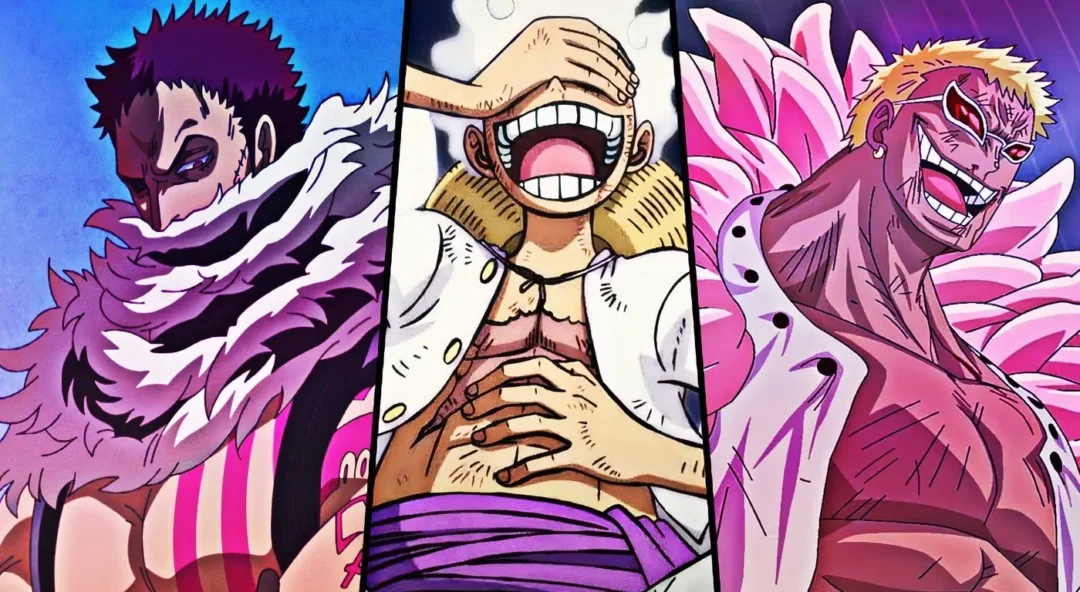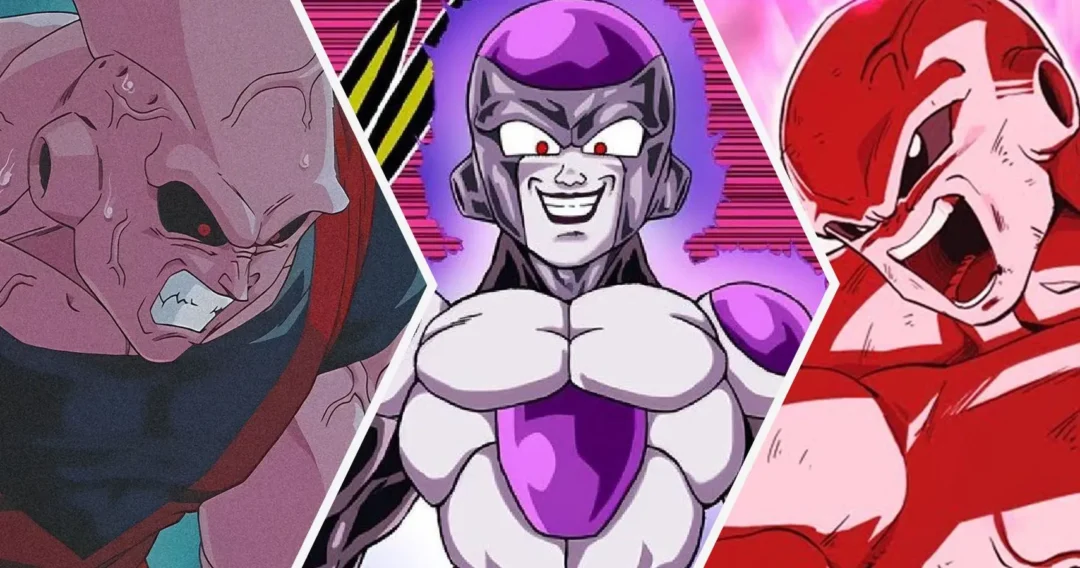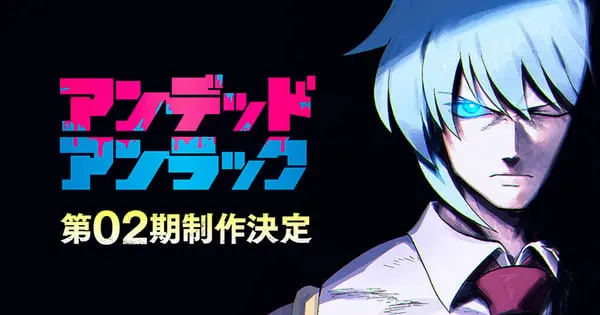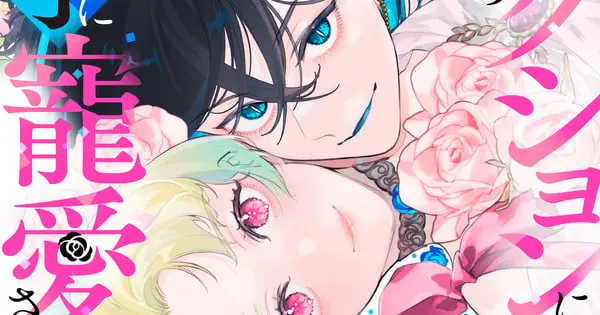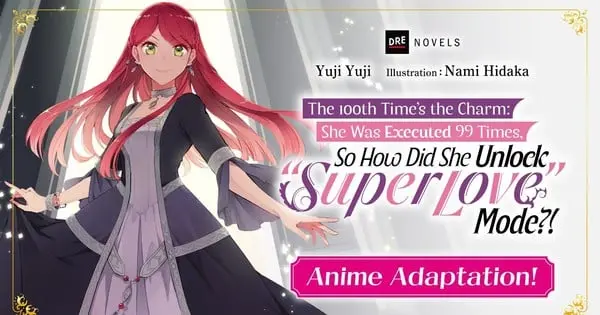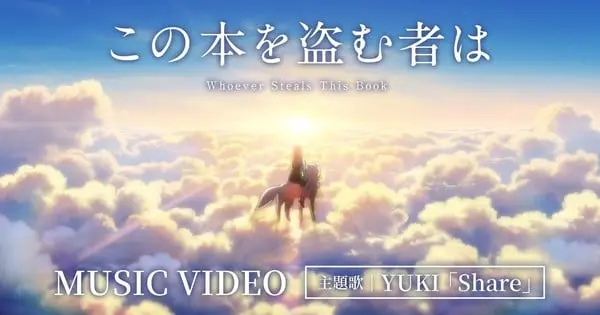The landscape of anime has, for decades, drawn deeply from printed narratives. While manga has historically been the primary wellspring for animated series, a significant and increasingly prevalent trend sees fantasy novels, particularly the Japanese “light novel” format, finding new life and immense popularity on screen. This recurring phenomenon isn’t merely a fleeting fad; it’s a testament to the symbiotic relationship between rich literary worlds and the boundless visual storytelling capabilities of animation.
The Inherent Appeal of Adaptation
Fantasy narratives, with their expansive worlds, intricate magic systems, and often larger-than-life characters, present a unique challenge and opportunity for adaptation. Live-action productions frequently grapple with budgetary constraints, struggling to convincingly portray fantastical creatures, elaborate spells, and grand battles without resorting to “cheap costumes and shoddy special effects.” Anime, however, excels in this domain. The medium allows for the depiction of the impossible, capturing emotional nuance and elevating action with striking visuals in ways that live-action often cannot.
This visual freedom is a major draw. A novel describing a complex magical duel or a sprawling, fantastical city can be brought to vivid, unconstrained life through animation, fulfilling the reader’s imagination rather than potentially disappointing it with live-action limitations. Moreover, anime provides a platform for in-depth character development and world-building, elements that are often richly detailed in the source novels.
The Ascendance of Light Novels and Isekai
The sheer volume of fantasy novel adaptations can largely be attributed to the rise of Japanese light novels. These books, characterized by their accessible language, relatively short page counts, and frequent illustrations, are designed for quick consumption and often tell ongoing, serialized stories. This serialized nature makes them particularly well-suited for episodic anime adaptations.
Within the light novel sphere, the “isekai” (meaning “another world”) subgenre has become a dominant force. Isekai stories typically feature a protagonist transported or reincarnated into a fantasy world, often with unique abilities or knowledge from their previous life. This premise offers a powerful form of escapism, allowing readers and viewers to imagine a new life with a fresh start and a significant advantage, often in a world that operates with familiar RPG-like logic. The ease of writing and reading such narratives, especially for beginner authors, has contributed to their proliferation as web novels and light novels, subsequently feeding the anime industry.
Illustrious Successes on Screen
Numerous fantasy novels have transitioned successfully to anime, cultivating vast fanbases and becoming iconic in their own right. Titles like Mushoku Tensei: Jobless Reincarnation are often cited as pivotal to the isekai boom, with its anime adaptation breaking popularity records. Its gripping tale of second chances and personal growth in a richly detailed fantasy world resonated strongly with audiences.
Spice and Wolf, an adaptation from light novels, stands out for its unique blend of economics, romance, and medieval fantasy, offering an intellectually stimulating yet captivating narrative. The Rising of the Shield Hero is another prominent example, twisting the hero’s journey into a compelling tale of betrayal and redemption. Other notable successes include Overlord, which offers a darker twist on the genre by following a gamer trapped as an all-powerful overlord, and That Time I Got Reincarnated as a Slime, praised for its humorous yet emotionally compelling progression of a low-level monster to a powerful leader.
Older fantasy series, predating the current light novel boom, also found success, such as The Record of Lodoss War, a foundational anime inspired by novels and Dungeons & Dragons, and The Twelve Kingdoms, known for its deep world-building and political intrigue. Studio Ghibli’s adaptations of Western fantasy, like Howl’s Moving Castle from Diana Wynne Jones’s novel, further demonstrate the cross-cultural appeal.
Navigating the Challenges of Adaptation
Despite the many triumphs, the path from novel to anime is fraught with challenges. One of the most common criticisms leveled against light novel adaptations is their tendency to be “rushed” or to “diverge from the source material in a bad way.” Fans often lament significant material being cut, leading to pacing issues or an unsatisfying ending that serves primarily to promote the original novel rather than complete the story. Anime, with its limited runtime, often prioritizes action and key plot points, potentially sacrificing the deeper thematic exploration, internal monologues, and nuanced character backstories that enrich the novels.
The difference in medium also plays a role; novels can delve into intricate details and psychological tolls that animation might struggle to fully capture. Some light novels heavily rely on “non-diegetic exposition and interior monologues,” which can be difficult to translate naturally to a visual medium. This can lead to the perception that viewers “need to read the LN to know what that character is thinking.” Essentially, while anime can bring a story to life visually, it often necessitates a condensation or alteration of the narrative.
A Continuing Narrative
Despite these inherent challenges, the demand for fantasy novel anime adaptations shows no signs of waning. The global popularity of anime, coupled with the ever-growing catalogue of rich fantasy literature, ensures a continuous stream of potential new series. Publishers are increasingly licensing light novels in Western markets, further bridging the gap between literary and animated fanbases.
The appeal of seeing beloved fantasy worlds brought to life, with all their magic, monsters, and intricate plots, continues to drive this trend. Whether it’s the escapism of an isekai journey, the intricate political machinations of an epic saga, or the charming adventures of unique characters, anime offers a dynamic and visually compelling platform for these stories to charm new audiences and delight existing fans. The “charm” of the 100th adaptation is that it still promises wonder, adventure, and the magic of a world unbound by the limits of reality.

